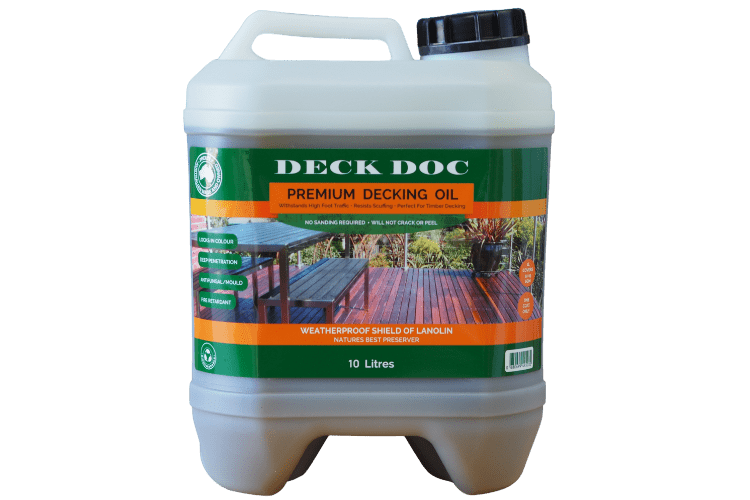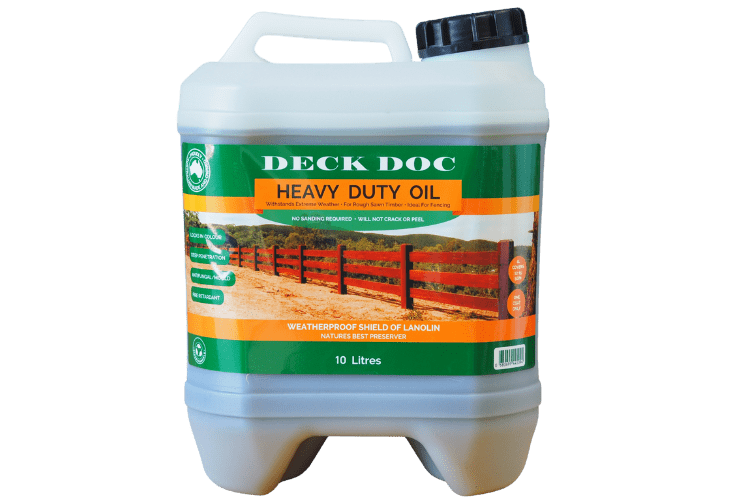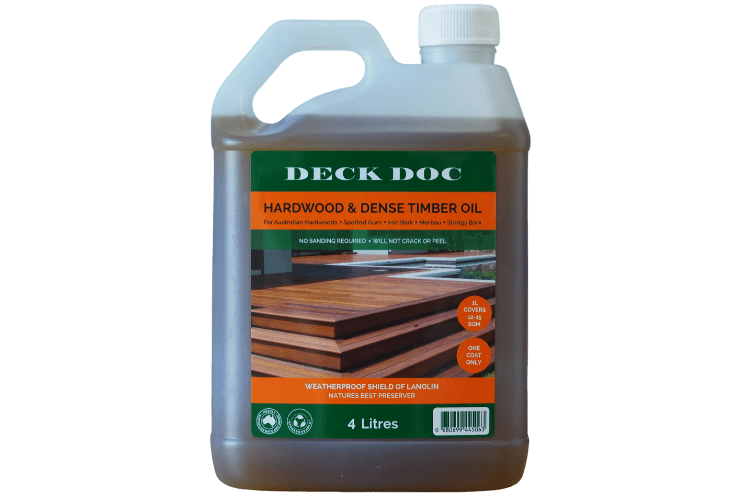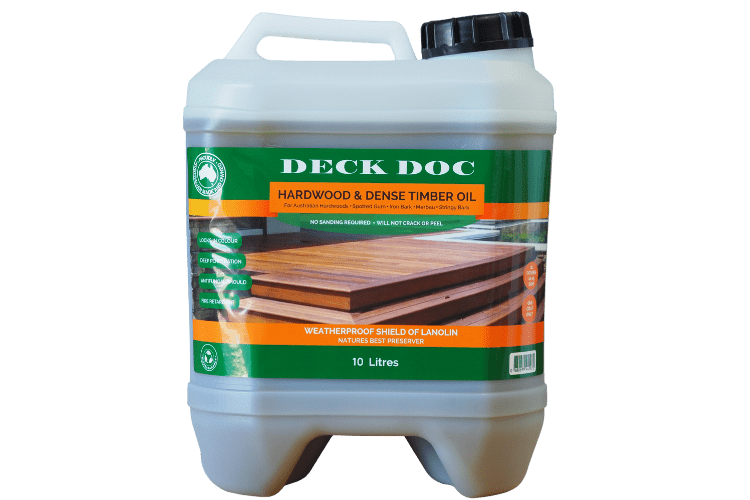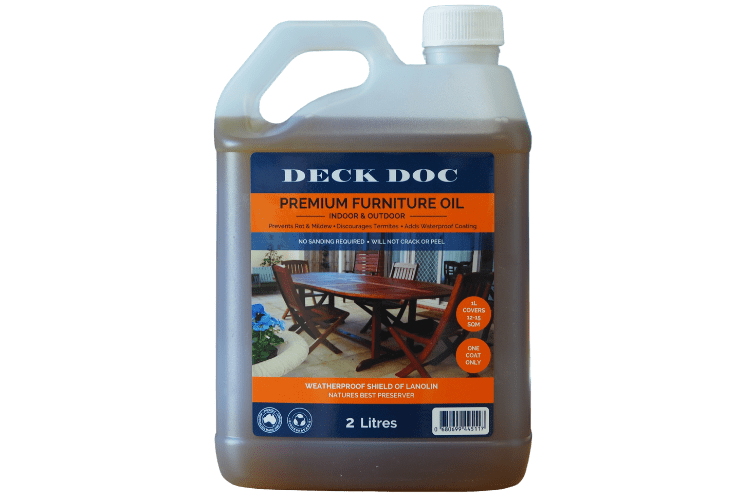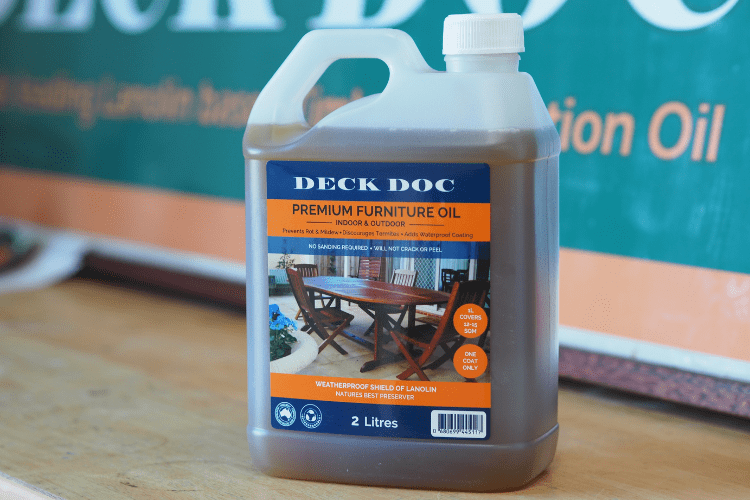Let’s be honest - life gets busy, and sometimes your deck maintenance falls to the bottom of the list. Maybe it’s been years since your deck has had a proper clean and coat of oil, or maybe it’s never been treated at all. If your timber deck has gone grey, feels rough underfoot, or is dotted with mould or mildew, it might be time for a full timber restoration.
The good news? It’s absolutely possible to bring your deck and timber back to life. With the right tools, products, and a bit of elbow grease, you can transform even the most weathered timber into a beautiful, usable space again. Restoring your timber deck is more than just a visual upgrade - it helps protect your investment, extend the life of your timber, and set you up for easy ongoing maintenance.
At Deck Doc, we’re here to make it simple. Our restoration process is built around a no-fuss system of cleaning, prepping, and protecting your timber with products designed for tough Australian conditions.

Pressure Washing
When a deck has gone too long without care, surface cleaners and a quick sweep just might not cut it. Years of exposure to rain, UV, leaf litter, bird droppings, salty air and general wear can leave behind a buildup of grime, mould spores, and sun-bleached timber that needs more than just a light touch. That’s where pressure washing comes in.
High-pressure cleaning drives deep into the timber grain, removing embedded dirt, mildew, algae, and the spores that fuel mould growth. It doesn’t just clean the surface - it resets your timber, stripping away layers of weathered debris and preparing the timber for oiling or sealing.
Unlike general surface cleaning, pressure washing reaches the stubborn buildup that traditional scrubbing can miss. It’s ideal for decks that haven’t been maintained in a while and need a more intensive refresh before restoration.
That said, pressure washing doesn’t replace the benefits of a quality timber cleaner. Timber cleaners are still essential especially for neutralising previous coatings, removing stubborn stains, and ensuring an even oil finish. Used together, high-pressure cleaning and timber cleaner deliver a deep, effective clean and the best possible prep for oil application.
Our friends over at Wat-er Blast are experts in pressure washing, so feel free to give them a shout if you need some help!
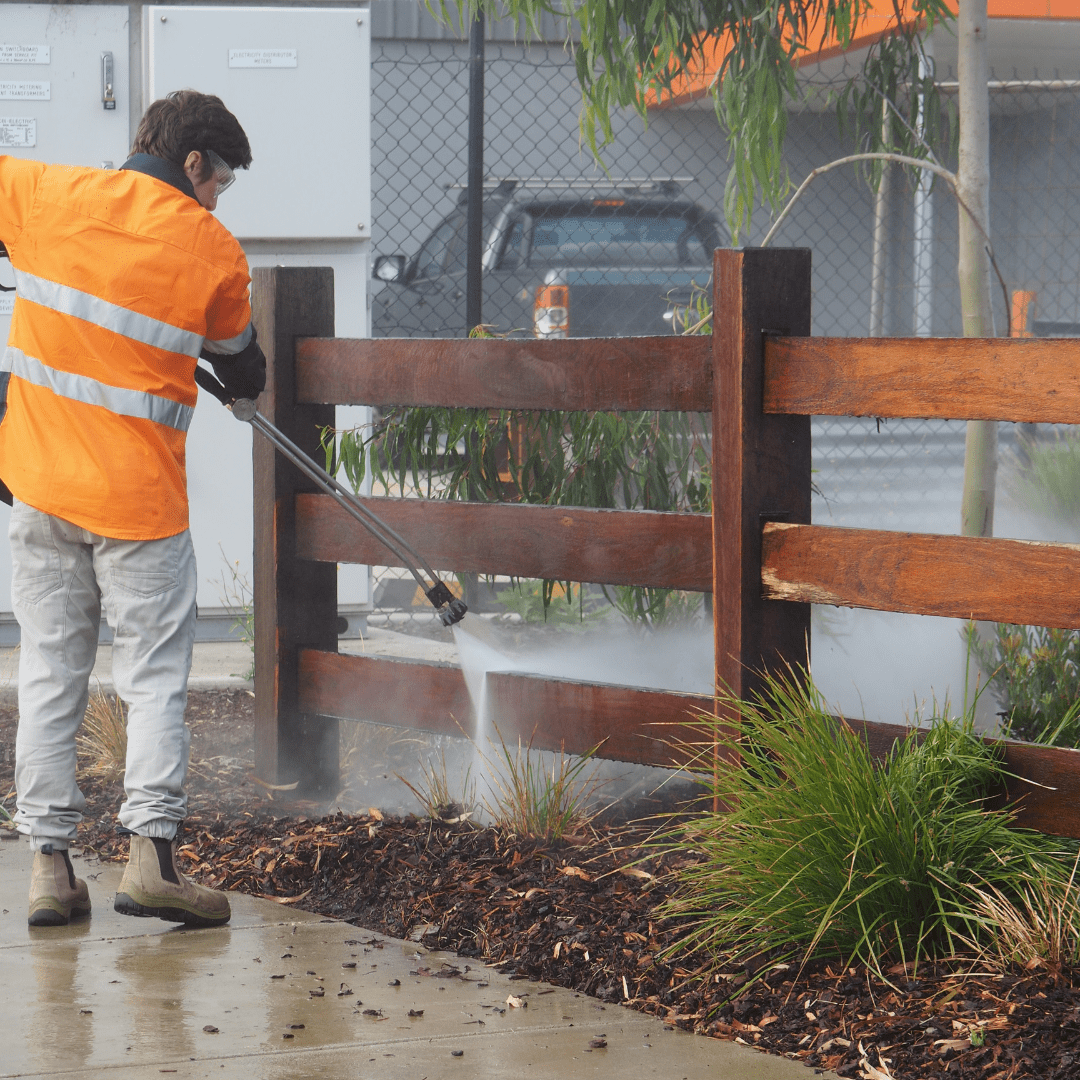
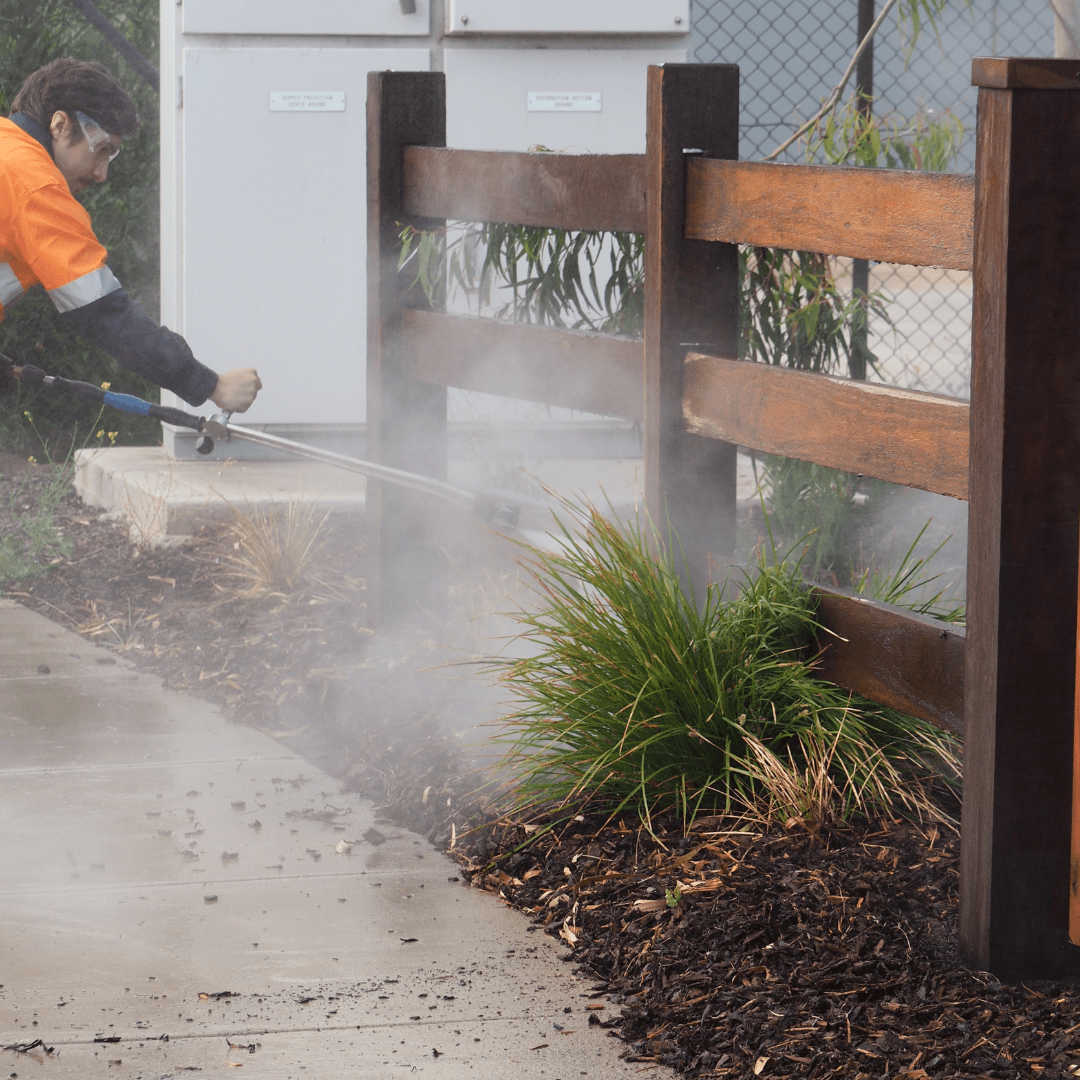
Pressure Washing vs Sanding
Sanding is a traditional method for removing old coatings and preparing a deck, but it comes with its downsides. It’s labour-intensive and time-consuming or it requires specialised equipment - plus, it can be messy. While sanding does work well for removing thick paint or membrane coatings, it’s not always the best first step for general deck restoration.
Pressure washing, on the other hand, delivers great results with far less hassle. It’s quicker, more cost-effective, and ideal for DIYers. It removes grime and contaminants while preserving the timber's natural profile, without the need for sanding dust or hiring heavy machinery.
For most timber decks, pressure washing is more than enough to revive the surface and prepare it for oiling. It’s an efficient way to clean and open up the grain, ensuring the timber absorbs oil evenly for long-lasting deck protection.
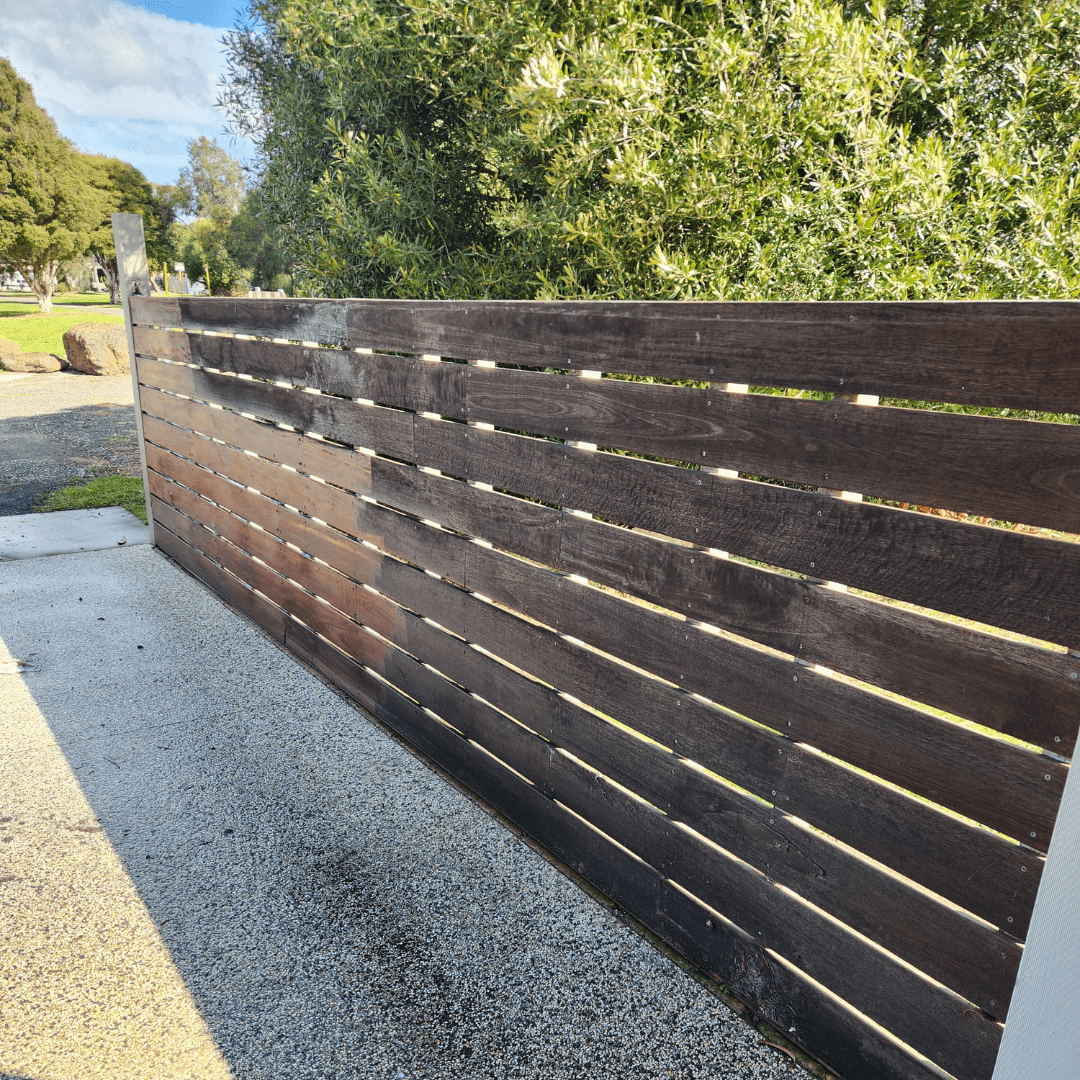
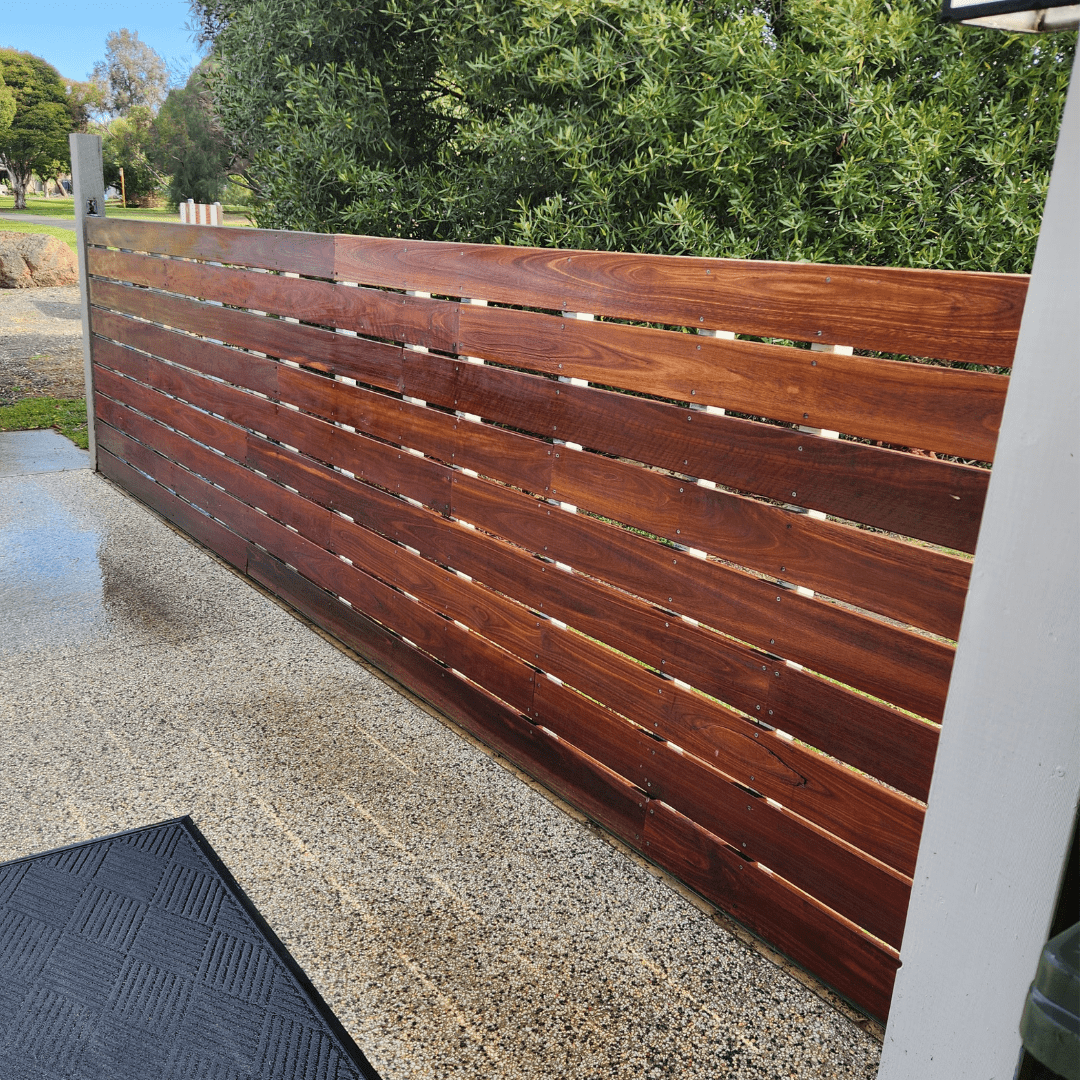
Oiling
Once your deck has been cleaned and prepped with pressure washing it’s ready for oiling - one of the most important steps in restoring and protecting your timber. A quality oil doesn’t just sit on the surface. It penetrates deep into the timber, enhancing its natural beauty while helping it resist water, sun, and everyday wear.
Deck Doc Timber Oils are specifically formulated to stand up to Australia’s tough climate. Whether your deck sits in direct sunlight, coastal humidity, or under leafy trees, our oils are designed to nourish the timber from within. They also help lock in the timber’s natural tannins, preventing discolouration and fading over time.
By choosing a high-performance oil that suits your timber and environment, you help extend the life of your deck, reduce ongoing maintenance, and avoid expensive repairs in the future. Make it the final step in your restoration process and enjoy a deck that looks great, feels good underfoot, and stays protected all year round.




